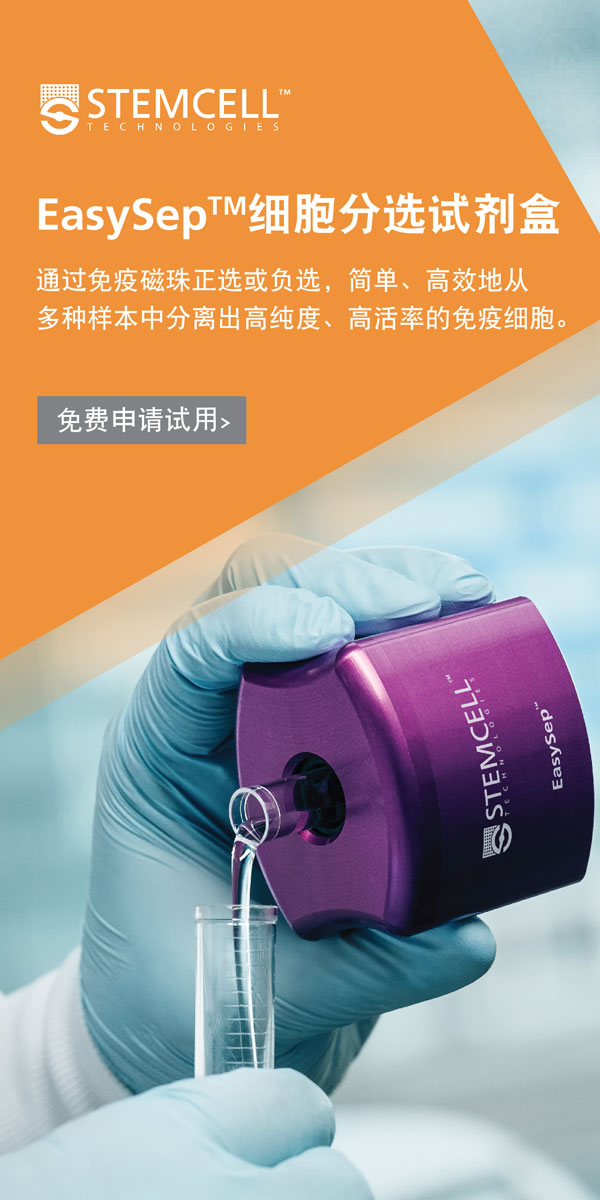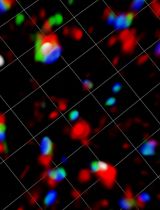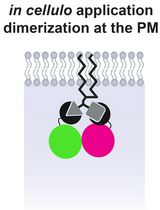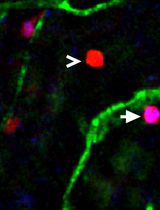- EN - English
- CN - 中文
Fibroblast Gap-closure Assay-Microscopy-based in vitro Assay Measuring the Migration of Murine Fibroblasts
基于成纤维细胞间隙封闭显微成像的鼠成纤维细胞的体外迁移分析
发布: 2019年08月20日第9卷第16期 DOI: 10.21769/BioProtoc.3333 浏览次数: 5792
评审: Meenal SinhaPaula clarisa EllenbergAnonymous reviewer(s)
Abstract
Pulmonary fibrosis is characterized by pathological scaring of the lung. Similar to other fibrotic diseases, scar formation is driven by excessive extracellular matrix deposition by activated, proliferative, and migratory fibroblasts.
Currently, the two most widely used chemotaxis and cell migration assays are the scratch assay and the transmembrane invasion assay. Here we present a gap closure assay that employs commercially available cell lines, equipment and reagents and is time efficient as well as straightforward. The protocol uses an Oris pro cell migration assay 96-well plate with a dissolvable plug in the center of each well to create a cell free area at the time of seeding. Cell repopulation of the empty zone is captured via light microscopy at different time points and quantified with free image analysis software. The clear advantages of this assay in comparison to similar protocols are the use of uncomplicated cell culture methods and the ability to image the experiment throughout.
Background
Few treatments for fibrosing diseases exist because of an incompletely understood and complex etiology (Rockey et al., 2015). Current efforts to develop therapies for organ fibrosis have focused on pathologic fibroblasts, also known as myofibroblasts (Blackwell et al., 2014). In addition to secretion of matrix proteins such as collagen, which comprise scar, a hallmark of pathologic fibroblasts is their increased proliferative and migratory capacity (Kendall and Feghali-Bostwick, 2014). A number of studies have shown that innate immune cells interact with and mediate fibroblast activation (Desai et al., 2018). Thus, we investigated the effects of lung macrophages on fibroblasts in a recent study, where we found a novel population of macrophages that localizes to fibrotic scar in murine lung (Aran et al., 2019). These macrophages highly expressed PDGF-AA, a secreted factor known for promoting fibroblast migration and proliferation. Thus, we treated mouse 3T3 embryonic fibroblasts with conditioned media from cultured mouse lung macrophages, with and without PDGF-AA blocking antibody, and measured fibroblast gap closure.
Here we describe the protocol for the assay, which should be useful for other investigators studying paracrine signaling between adjacent cellular lineages. Since the method presented employs an established, adherent cell line, it may be easily adapted to other cell types and treatments in fields where cell migration is an important pathological characteristic, such as cancer or wound healing. Importantly, fibroblasts and the extracellular matrix have been recently recognized as fundamental players in the tumor microenvironment and as such are of the outmost interest in oncology research (Bu et al., 2019).
Compared with other methods for investigating chemotaxis (Justus et al., 2014), such as the scratch assay, our approach does not introduce mechanical stress to the cells, which can potentially activate fibroblasts and obscure results. It also does not require optimization of cell culture as required for the transwell/chamber invasion assay, and data from the same well may be collected at multiple timepoints while cells are visualized in real time. Our assay can be easily scaled up to a high throughput format for drug screening purposes. One limitation of the assay is that it does not address directional cell migration. Also, our protocol measures both migration and proliferation of fibroblast cells; a proliferation assay should be conducted if further distinction is needed.
Materials and Reagents
- Oris pro cell migration assay plate, 96-well (Platypus Technologies, catalog number: PROCMA1), stored at room temperature
- 3T3 cells (ATCC, catalog number: CRL-1658), stored in liquid nitrogen
- DMEM (Corning, catalog number: 10-101-CV), stored at 4 °C
- Fetal Bovine Serum (HyClone, catalog number: SH3039603LR), stored at 4 °C
- Antibiotic-antimycotic solution (Corning, catalog number: 30-004-CI), stored at 4 °C
- Trypsin 0.25% (Corning, catalog number: 25053CL), stored at 4 °C
- PDGF-AA antibody (Millipore, catalog number: 07-1436), stored at -20 °C
- Cell culture media (see Recipes)
- Fully supplemented media (see Recipes)
- Serum free media (see Recipes)
Equipment
- Microscope
Zeiss Axio Observer D1 (Carl Zeiss) equipped with a Yocogawa spinning wheel coupled to a photometrics EMCCD camera (Evolve 512 delta)
Software
- Zeiss Zen Blue (Carl Zeiss)
- Fiji/ImageJ (https://fiji.sc/)
- Prism (https://www.graphpad.com/scientific-software/prism/)
Procedure
文章信息
版权信息
© 2019 The Authors; exclusive licensee Bio-protocol LLC.
如何引用
Looney, A. P. and Bhattacharya, M. (2019). Fibroblast Gap-closure Assay-Microscopy-based in vitro Assay Measuring the Migration of Murine Fibroblasts. Bio-protocol 9(16): e3333. DOI: 10.21769/BioProtoc.3333.
分类
细胞生物学 > 细胞运动 > 细胞迁移
免疫学 > 炎症性疾病 > 肺损伤
细胞生物学 > 细胞成像 > 活细胞成像
您对这篇实验方法有问题吗?
在此处发布您的问题,我们将邀请本文作者来回答。同时,我们会将您的问题发布到Bio-protocol Exchange,以便寻求社区成员的帮助。
Share
Bluesky
X
Copy link














